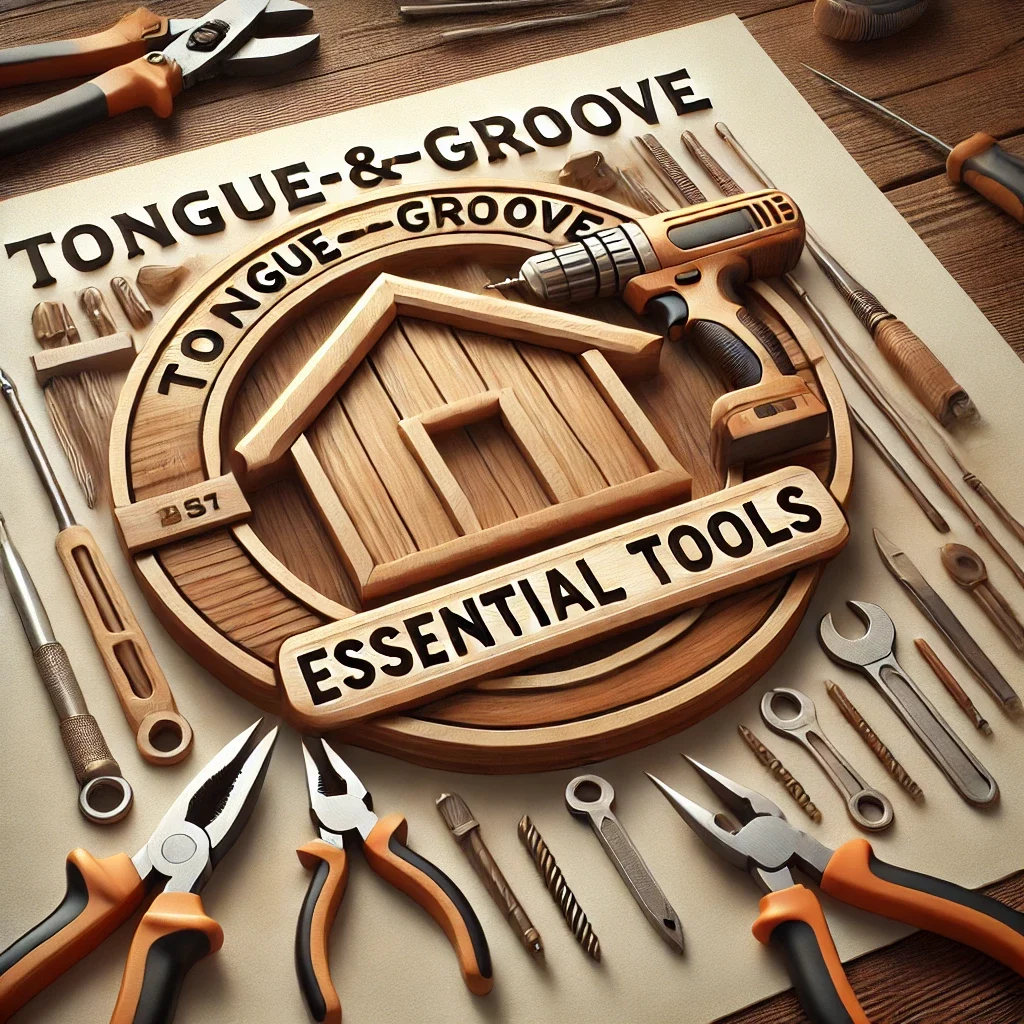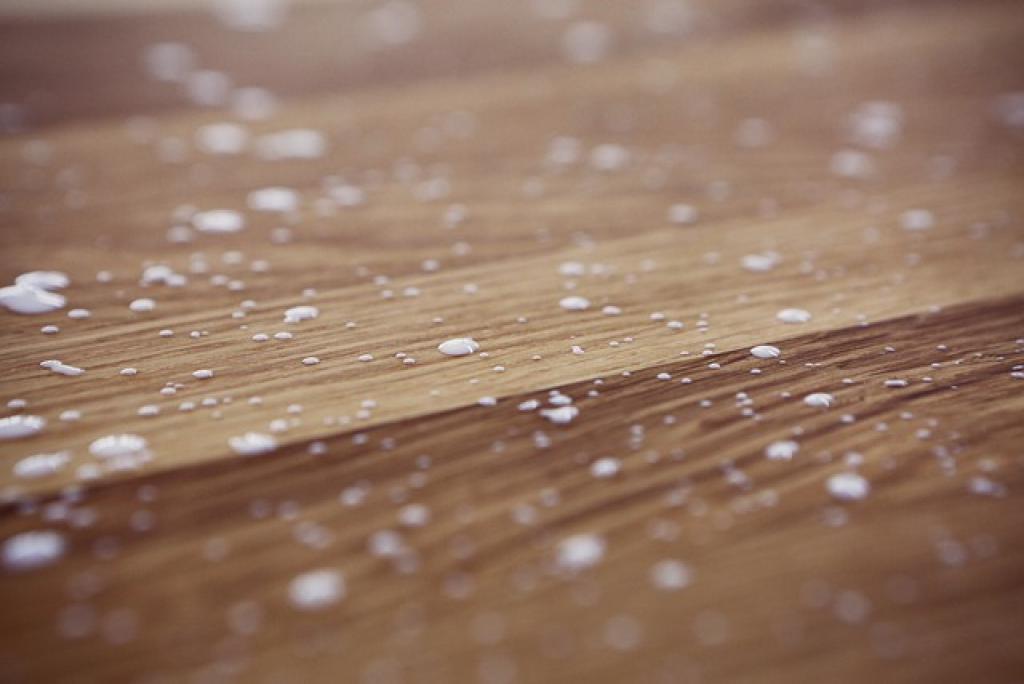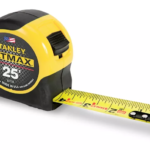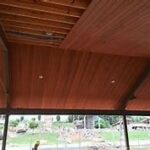Woodworking projects are a labor of love. Whether you’re a seasoned pro or just starting out, having the right tools for woodworking projects can make all the difference in the quality and longevity of your creations. With so many options on the market, it can be overwhelming to choose the best wood adhesive for your next project. In this guide, we’ll explore a variety of wood adhesives, their strengths, and the types of projects they are best suited for.
Types of Wood Adhesives
1. PVA Glue (Polyvinyl Acetate)
PVA glue is one of the most popular wood adhesives due to its versatility and ease of use. It dries clear, making it ideal for projects where aesthetics are important, such as unique patterns for tongue and groove ceilings. PVA glue is suitable for both indoor and outdoor projects, although it is not waterproof, so it’s best used for projects that won’t be exposed to moisture.
2. Epoxy
Epoxy adhesives are incredibly strong and durable, making them ideal for projects that require a high level of bonding strength. Epoxy cures through a chemical reaction and is resistant to water, making it suitable for both indoor and outdoor projects. However, epoxy can be messy to work with and requires careful handling, similar to advanced cutting techniques.
3. Cyanoacrylate (CA) Glue
Also known as super glue, cyanoacrylate adhesive is best for projects that require a fast bond. CA glue dries quickly and forms a strong, instant bond. It is great for small projects or for filling small gaps in wood. However, CA glue can be brittle and may not be suitable for projects that require flexibility.
4. Polyurethane Glue
Polyurethane glue is known for its strong bond and ability to fill gaps in wood. It is waterproof and suitable for both indoor and outdoor projects. Polyurethane glue expands as it cures, so it’s important to use it sparingly to avoid excess foaming. This type of glue is ideal for projects where a weatherproof bond is necessary, such as outdoor wood installations.
Factors to Consider When Choosing Wood Adhesives
1. Project Type
Consider the type of project you are working on. Is it an indoor or outdoor project? Will the project be exposed to moisture? Understanding the requirements of your specific project will help you choose the right wood adhesive.
2. Strength
Different adhesives offer varying levels of bonding strength. If you are working on a project that requires a strong and durable bond, opt for adhesives like epoxy or polyurethane glue. For smaller projects or quick fixes, CA glue may be sufficient.
3. Drying Time
The drying time of wood adhesives can vary significantly. Some adhesives, like CA glue, dry almost instantly, while others may require several hours to cure fully. Consider the time constraints of your project and choose an adhesive that fits your timeline.
4. Ease of Use
Some wood adhesives are easier to work with than others. If you are new to woodworking or prefer a more forgiving adhesive, opt for a user-friendly option like PVA glue. More advanced users may prefer the strong bonding capabilities of epoxy or polyurethane glue.

Tips for Using Wood Adhesives
- Prepare the Surface: Ensure that the wood surfaces you are bonding are clean, dry, and free of any dust or debris.
- Apply the Adhesive Sparingly: Using too much adhesive can lead to a messy finish and weaken the bond. Follow the manufacturer’s instructions for application.
- Clamp the Pieces Together: For a secure bond, use clamps to hold the pieces together while the adhesive cures.
- Allow Sufficient Curing Time: Be patient and allow the adhesive to fully cure before subjecting the project to stress or weight.
The Bottom Line
Choosing the right wood adhesive is crucial for the success of your woodworking projects. Consider factors such as project type, bonding strength, drying time, and ease of use when selecting the best adhesive for your needs. Whether you opt for the versatility of PVA glue, the strength of epoxy, the speed of CA glue, or the durability of polyurethane glue, each type of adhesive has its unique advantages. With the right wood adhesive in your toolkit, you can tackle projects with confidence and create lasting, quality pieces that showcase your woodworking skills.




